Is Behentrimonium Chloride Safe?
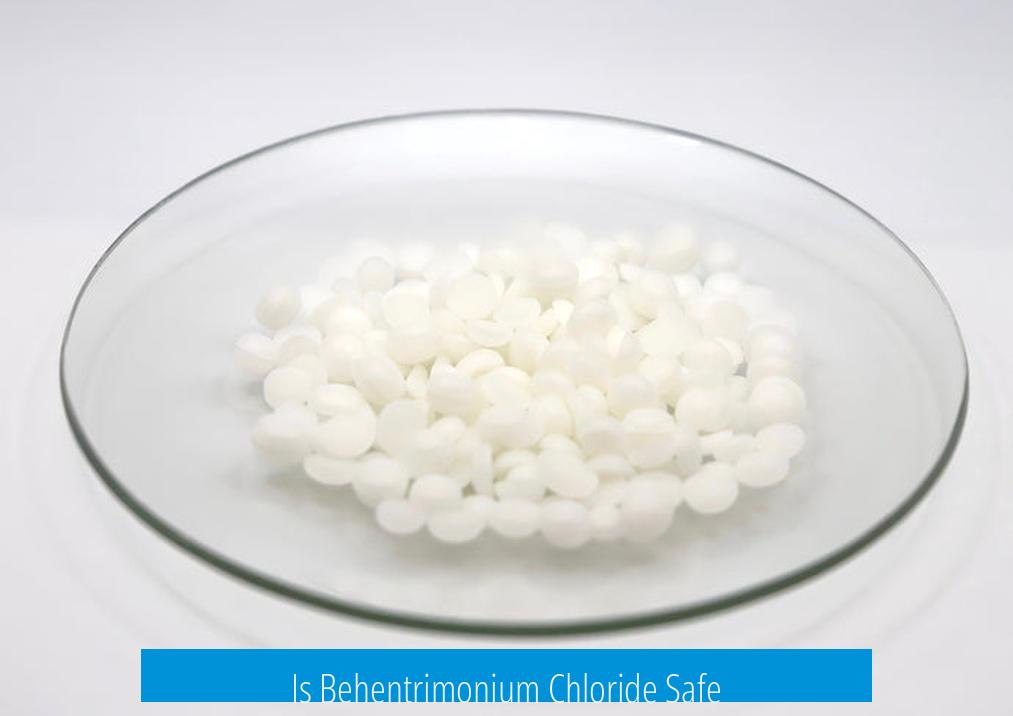
Behentrimonium chloride is generally safe for topical use in cosmetic products such as conditioners when used at recommended concentrations. It is a quaternary ammonium compound widely used as a conditioning and cleansing agent in hair care.
Chemical Nature and Toxicity Concerns
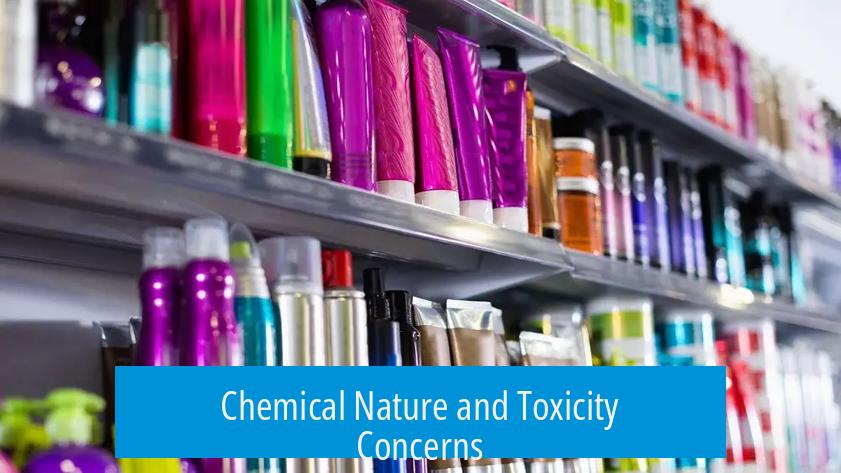
Behentrimonium chloride belongs to the class of quaternary amines. Some concerns about toxicity stem from studies on quaternary ammonium compounds, which sometimes cause reproductive toxicity in animals. However, these studies often involve different chemical structures than behentrimonium chloride.
It is important to avoid broad generalizations about toxicity based on data from other, dissimilar chemicals. Many sources that warn against quaternary ammonium compounds tend to present exaggerated risks without clear evidence specific to behentrimonium chloride.
Scientific Evidence and Usage
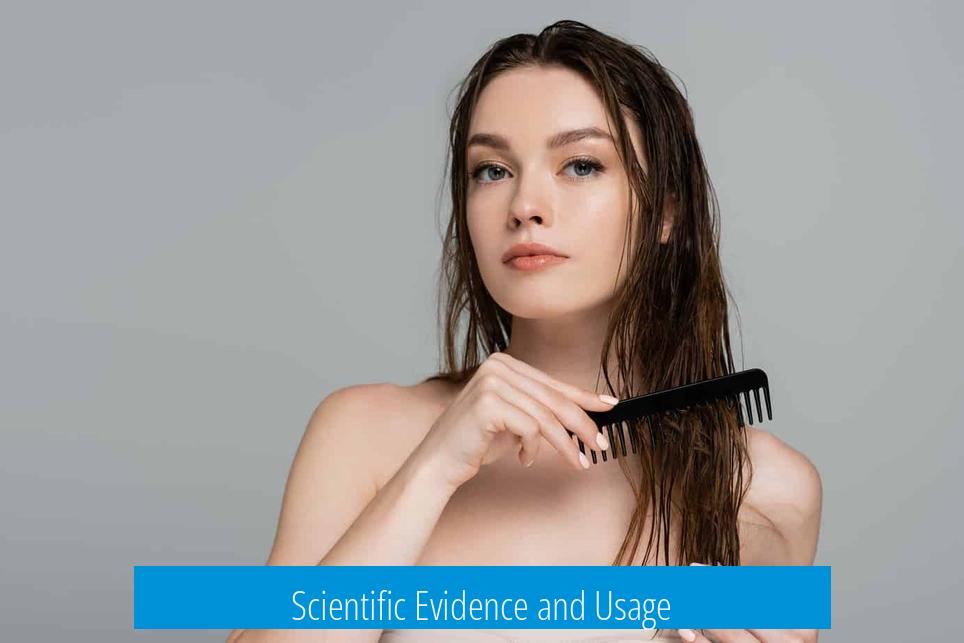
- Scientific literature, including peer-reviewed studies, supports the safety of behentrimonium chloride in cosmetic formulations. For example, a study indexed on PubMed (https://pubmed.ncbi.nlm.nih.gov/24064305/) found no toxic effects at concentrations used in hair care.
- This ingredient is present in approximately 95% of commercial hair conditioners, reflecting its established safety record.
- Consumers rarely report adverse effects from products containing behentrimonium chloride, indicating low topical toxicity.
Concentration and Routes of Exposure
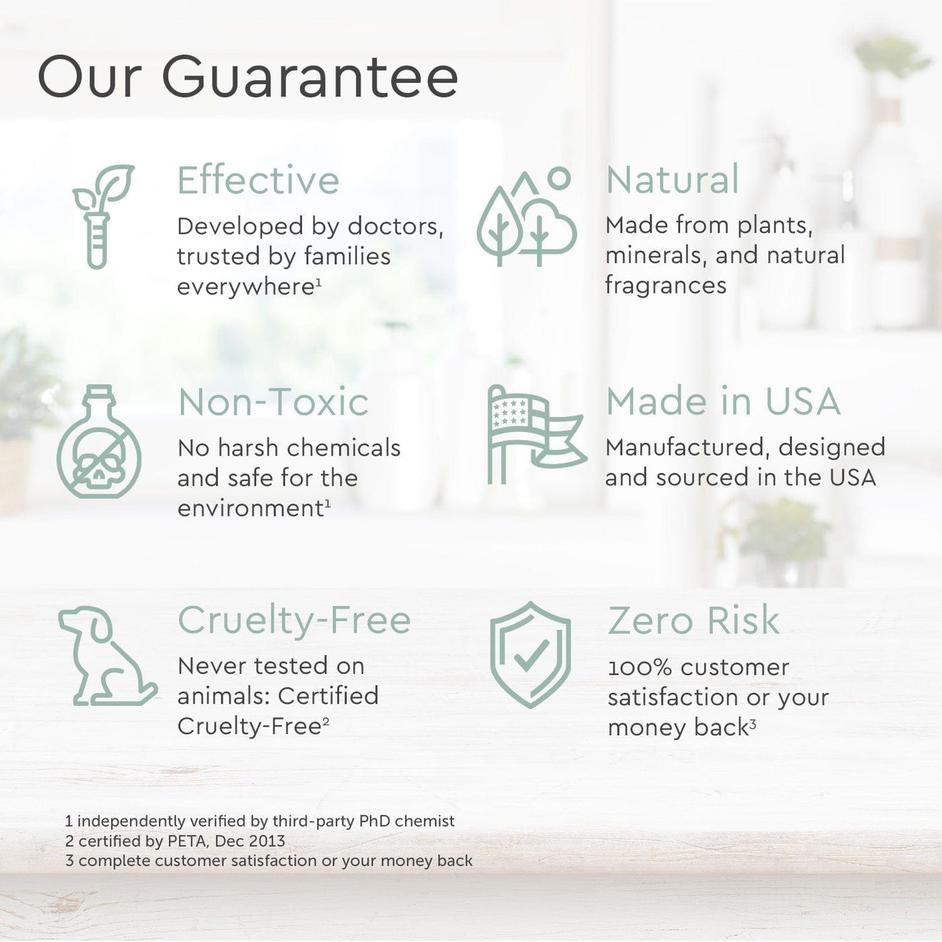
Behentrimonium chloride is effective and safe at 2-5% concentrations in conditioners. At very high concentrations (above 0.1% in certain formulations), it may cause mild skin or eye irritation if used improperly. However, in cosmetic products, it is carefully formulated to avoid such risks.
It is not safe to ingest behentrimonium chloride in raw or concentrated form, but this is not relevant to its typical topical use. In hair and skin applications, it exhibits no significant toxicity.
Summary of Key Points
- Behentrimonium chloride is a quaternary ammonium compound used as a conditioning agent in hair care.
- Scientific studies confirm its safety at typical cosmetic concentrations (2-5%).
- Widespread use in conditioners with minimal reported adverse effects supports its safety.
- Potential irritation occurs only at high concentrations not found in cosmetic products.
- It is not safe for ingestion but demonstrates low topical toxicity.
Behentrimonium Chloride — Safe or Not?
If you’ve ever glanced at a conditioner label and spotted behentrimonium chloride, you might have paused. Is it safe? The short answer: yes, it’s safe when used as intended in hair care products. But let’s unpack this dense chemical mystery, so you don’t feel like you need a degree in chemistry to understand its safety.
The Chemical Identity Crisis
Behentrimonium chloride is a quaternary ammonium compound, also known as a quaternary amine. These fancy compounds often get lumped together in warnings about “toxicity,” leading to alarm bells ringing in consumers’ heads. But here’s the catch: not all quaternary ammonium compounds are the same. It’s like saying all sandwiches are bad because one had spoiled bread—too broad, right?
One peer-reviewed paper cited by alarmist sites mentions reproductive toxicity linked to quaternary ammonium compounds in animals. But—and this is important—it referenced multiple compounds that are NOT behentrimonium chloride.
So, not fair to paint behentrimonium chloride in the same fearful colors without specific evidence.
“Natural” Doesn’t Always Mean Safe – A Reality Check
Some scaremongers argue that synthetic things beware, natural stuff is safe. But let’s bust that myth real quick. Botulinum toxin—produced naturally by bacteria—is *the* most toxic substance known. Not exactly a spa day ingredient! So, just because behentrimonium chloride isn’t a “natural” product doesn’t make it dangerous.
What Does Science Say?
Here’s the cool part: multiple peer-reviewed studies point to its safety. For example, one study (check it out here) reports zero toxicity concerns at typical usage levels in conditioners.
Consider this—behentrimonium chloride finds its way into around 95% of conditioners sold. If it caused widespread adverse reactions, the internet would probably be flooded with complaints by now. But that’s simply not the case.
Why Is It So Popular in Conditioners?
Behentrimonium chloride isn’t just a chemical name—it’s a workhorse. It cleans hair and conditions it by acting as an antistatic agent. It helps detangle hair smoothly, leaving strands silky and easy to manage. This multifunctional role makes it a favorite in haircare formulations.
Let’s Talk Concentrations and Safety Margins
Warning labels mention that behentrimonium chloride can cause skin and eye irritation at concentrations of 0.1% or higher. That sounds scary, but here’s the nuance: in conditioners, it’s typically used in 2-5% concentrations, yet formulations are carefully balanced to ensure it doesn’t cause irritation.
How? Because these products are designed for topical use, not ingestion. If you ate raw behentrimonium chloride, it’d be harmful (a no-brainer). But on your hair and skin, it’s perfectly safe when formulated correctly.
Personal Experience and Practical Tips
Many people, including yours truly, have used conditioners containing behentrimonium chloride with zero issues. Hair feels smoother, brush-throughs get easier, and scalp irritation is rare with gentle formulations.
Of course, people vary. If you have super sensitive skin or allergies, patch tests are always a smart idea before diving into new products.
How to Navigate Claims and Stay Safe
- Don’t buy into scare sites that lump all chemicals under “toxic” just because of broad or unrelated studies. Context matters.
- Check product concentrations. Conditioner formulas balance ingredients carefully to avoid irritation.
- Look for third-party tested and dermatologically approved products—science-backed safety > rumors.
- If irritation occurs, stop use and consult a specialist.
In Summary: Behentrimonium Chloride Is Safe in Conditioners
Yes, this quaternary ammonium compound sounds intimidating, but it’s been around, tested, and trusted in the hair industry for decades. Toxicity concerns from broad studies don’t apply when behentrimonium chloride is used topically and formulated correctly.
So, next time you see behentrimonium chloride in your conditioner, remember: it’s not the villain many fear. Instead, it’s a hero helping keep hair smooth and manageable.
Got questions or experiences with conditioners? Ever tried to decode complicated labels? Share your stories below!
Is behentrimonium chloride safe for use in hair conditioners?
Yes. It is used in 95% of conditioners at 2-5% concentration without reported topical toxicity. Studies show it works well with no safety issues on skin or hair.
Can behentrimonium chloride cause skin or eye irritation?
At higher concentrations above 0.1%, it may cause irritation. However, in typical conditioner formulations, it is safe and not known to irritate skin or eyes.
Is behentrimonium chloride toxic if ingested?
Ingesting raw behentrimonium chloride is harmful and unsafe. It is only safe when applied topically within regulated concentrations.
Does the classification as a quaternary ammonium compound mean behentrimonium chloride is toxic?
No. Toxicity varies by compound. Behentrimonium chloride differs from other quaternary amines that may be toxic. It should not be judged by broad generalizations.
Are concerns about behentrimonium chloride based on scientific evidence?
Careful review shows most peer-reviewed studies find it non-toxic in typical use. Misinformation often comes from generalizing unrelated compounds or scare tactics.


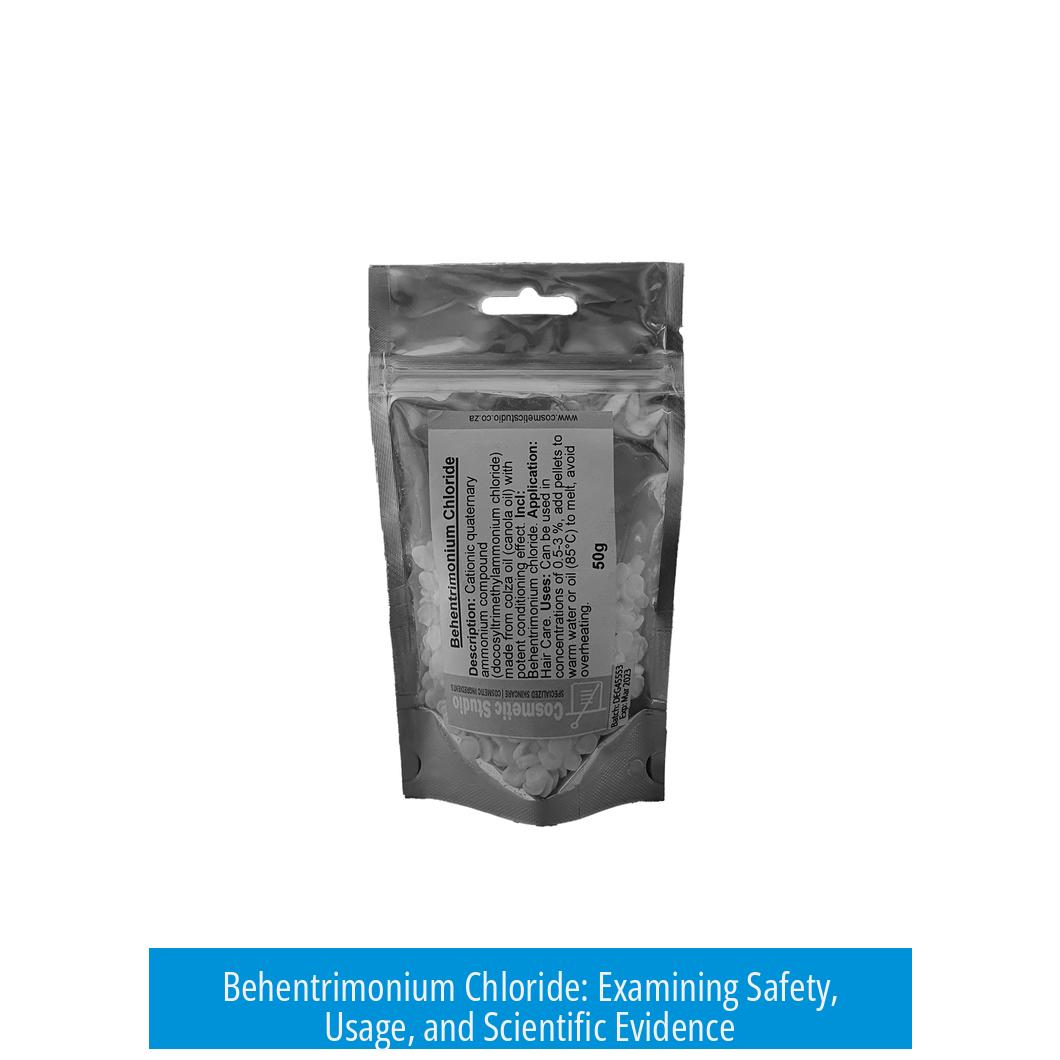


Leave a Comment